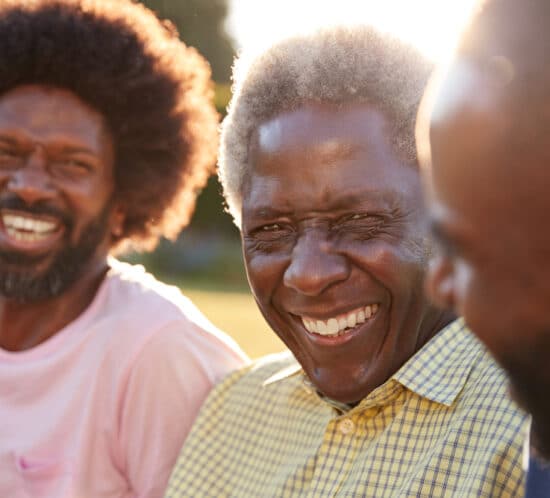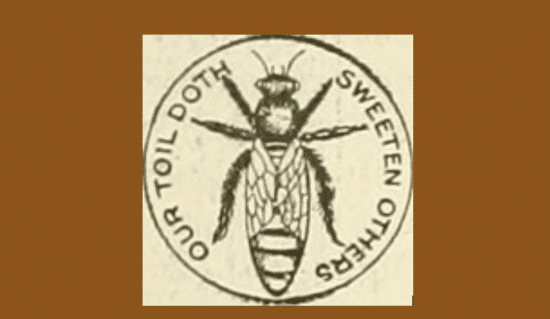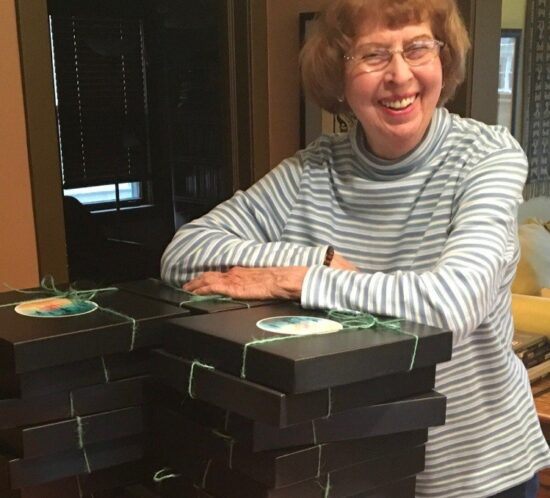The Non-Black Story of THE HUMAN JOURNEY®
THE HUMAN JOURNEY® is owned by a white woman.
Before releasing the THJ® game experience and Conductor training to the public, we tested and went back to the drawing board to refine the experience — painstakingly — over and over again.
But we did not test with families with Black members. We invited them but were not successful in signing them on. We did go forward with the families outside of a white Judeo-Christian cultural paradigm we could get—Latino, Muslim. (They were by no means as heavily represented as those within that paradigm.)
You could say, well, you tried. You tried to recruit Black families. You did your due diligence.
But we did not then examine why Black families were hard to reach or hard to get to agree to test.
Since then, African-Americans have participated in training to conduct the THJ® experience. One suggested we apply what we know about the design of group experiences to the hard issues of creating long-term Restorative Justice in our communities. Since that suggestion last fall—which seemed entirely right—we began investigating both the field of RJ and how communities and police build relationships. We have a lot yet to learn as we build and test THE HUMAN JOURNEY® edition with communities.
This is not about white guilt. It is about white responsibility. THJ® is examining the networks it has, the organizations it seeks to do business with, and the services it provides so that they better address the needs of a wider swath of the public seeking ways to build peace and belonging both small-scale within families and support communities, and on a bigger scale between groups.
We want to hear from those who are interested in helping us do that.
We also want to encourage the majority of businesses in healthcare, home care, and other fields serving the public that are white-owned, but Black- and immigrant-staffed, to listen, to take the risk of looking foolish by asking genuine questions, and, with us, to seek out one thing on this helpful list that they can begin to do to address the power differential that allows them to own such a business. It is no accident that so many of us are white.
Related Posts
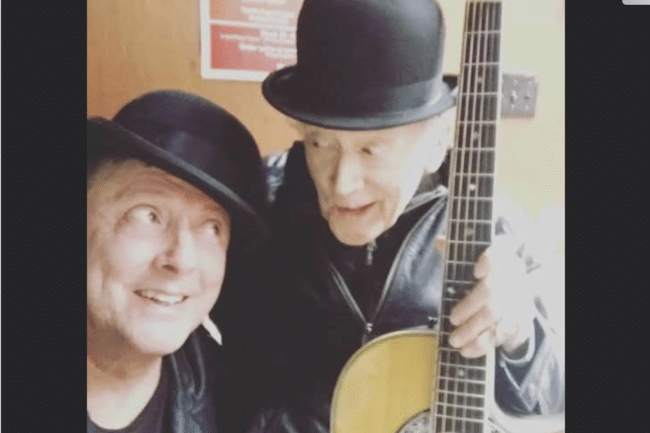
The Incredible Will to Sing
The will to make it to a loved one’s graduation or wedding, or to the birth of a new baby, somehow compels the body to obey the will. Stu Klitsner was going to sing at his only granddaughter’s wedding, come hell or high water.
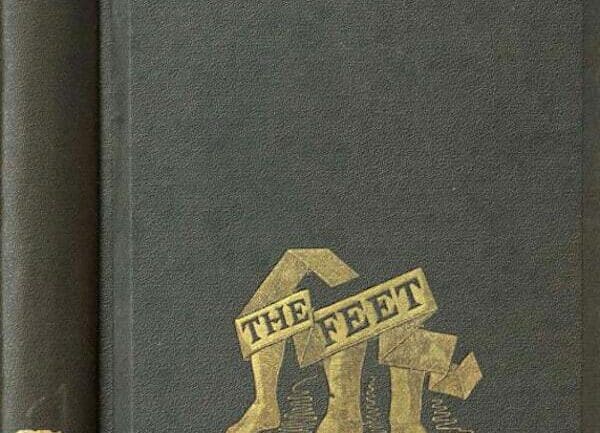
The Chaplain’s Feet
Chaplains exercise their humanness with every patient or family member they meet. What are the parallels between the kind of presence chaplains bring in the spiritual realm and that of the dancer who sees her choreography and performance as a kind of chaplaincy?

Whacking a Gun
At the 2023 Parliament of the World’s Religions, blacksmiths from RAWTools demonstrated how they took guns that had been surrendered from a variety of sources and re-formed them into garden hand tools, making literal their mission and message of anti-violence. The organization takes literally the passage from the Book of Isaiah to “beat their swords into plowshares and their spears into pruning hooks.”
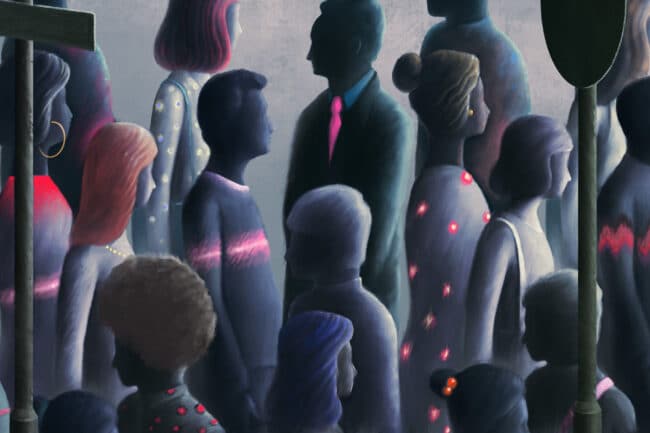
A Vaccine for Loneliness?
Public health has gotten bigger and bigger in recent decades. What was only thought of in the past as individual choices, like drug addiction, gun violence, or smoking crossed over to be thought of by many as social issues and, eventually, as matters of public health. With the Surgeon General’s report that came out in May, 2023, loneliness and isolation may assume their place alongside them as social epidemics.

Grief on the Comedy Stage
Is it in supremely bad taste, or potentially healing in a social setting, to use death and dying as material on the American comedy stage? The post-pandemic fad of comedy shows that deal with what have been taboo topics is currently walking that line.
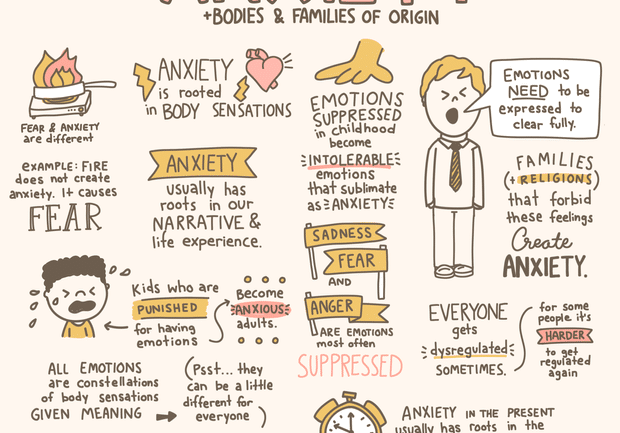
If You’re a Pro, You Gotta Have a Pro
Lindsay Braman’s example can open your mind about what sorts of both joy and utility you can create, simply by letting your own gifts out of the closet and using them in your work, in recognizing that, if a therapist/doodler can connect two passions, so can you.

